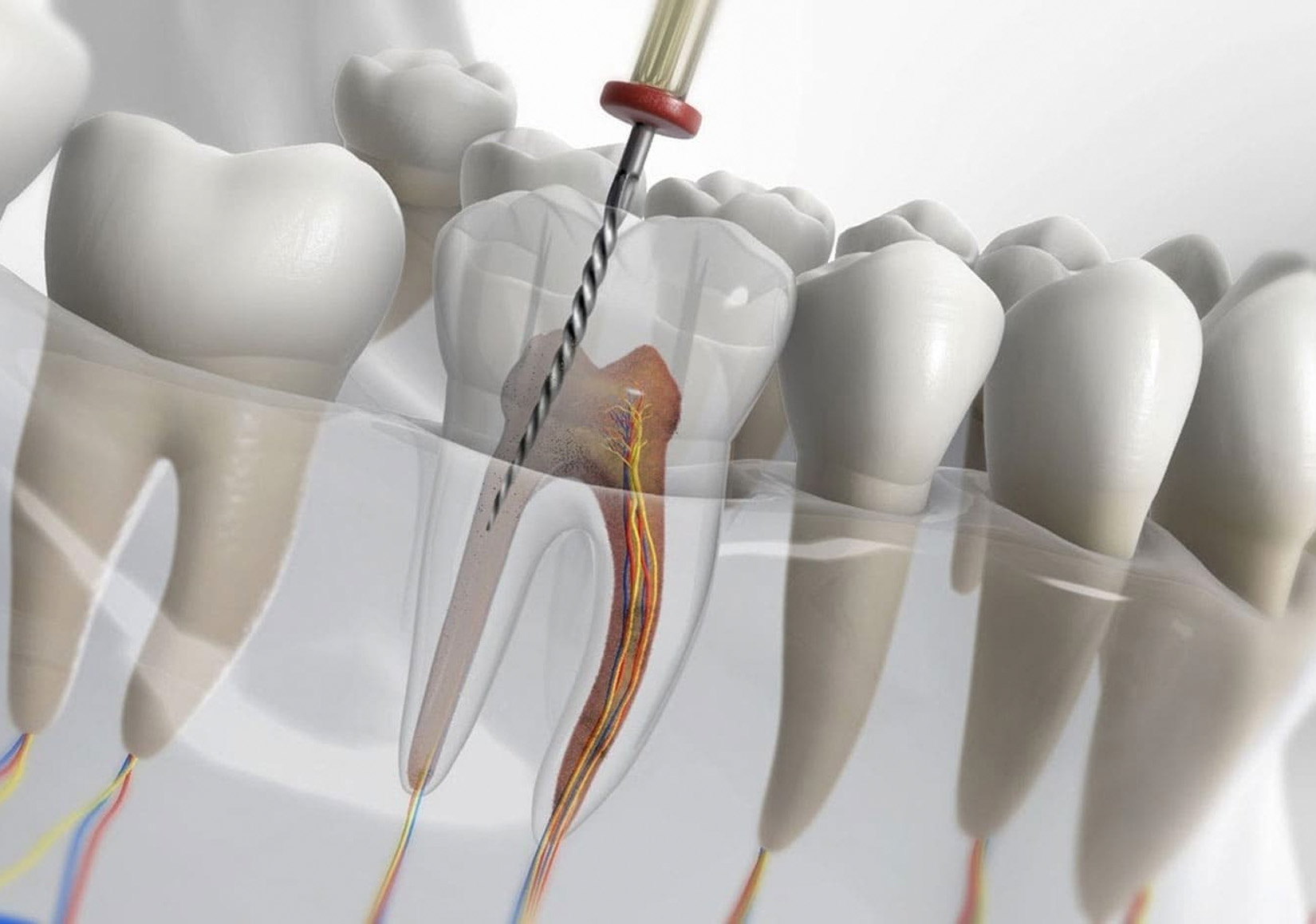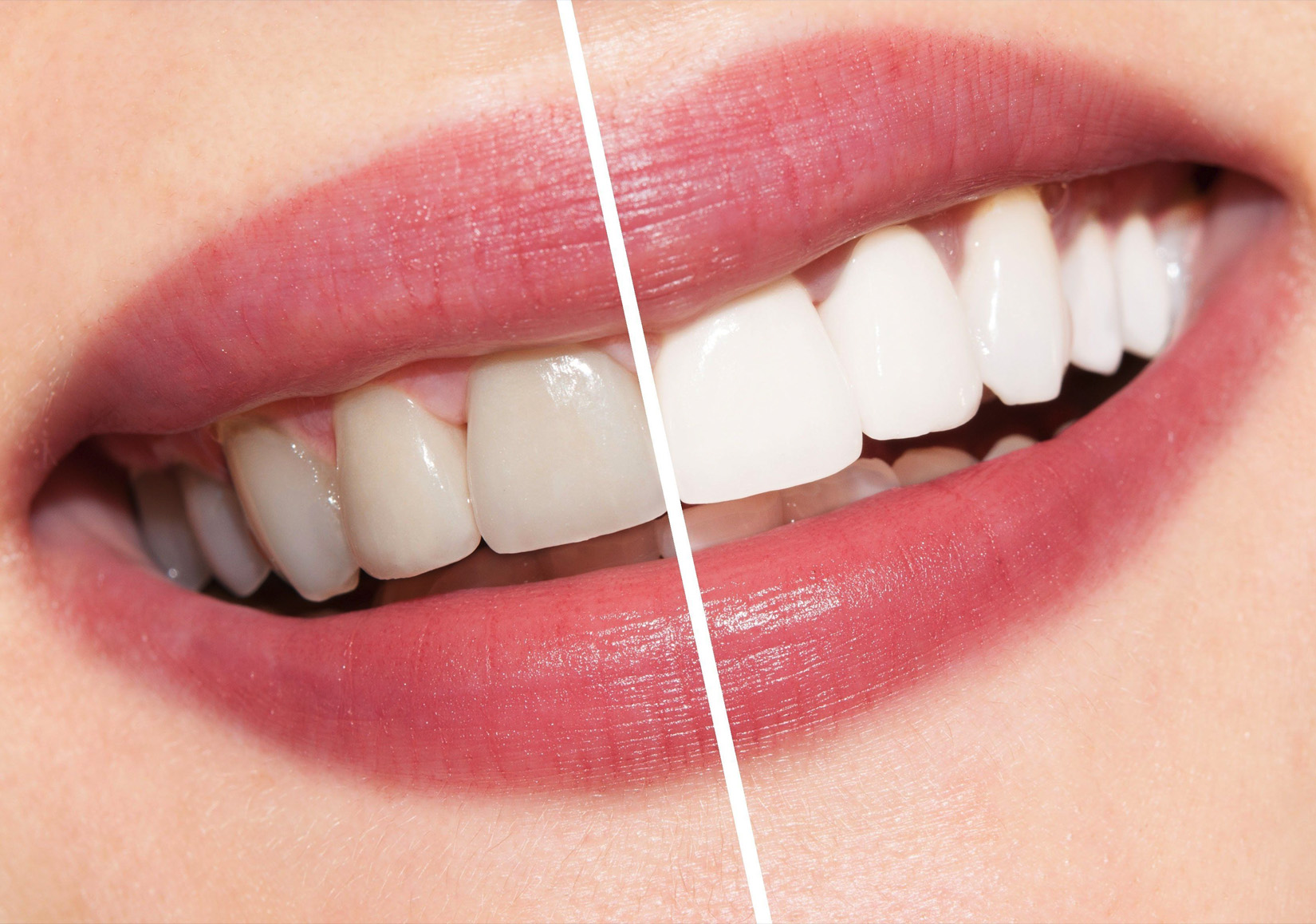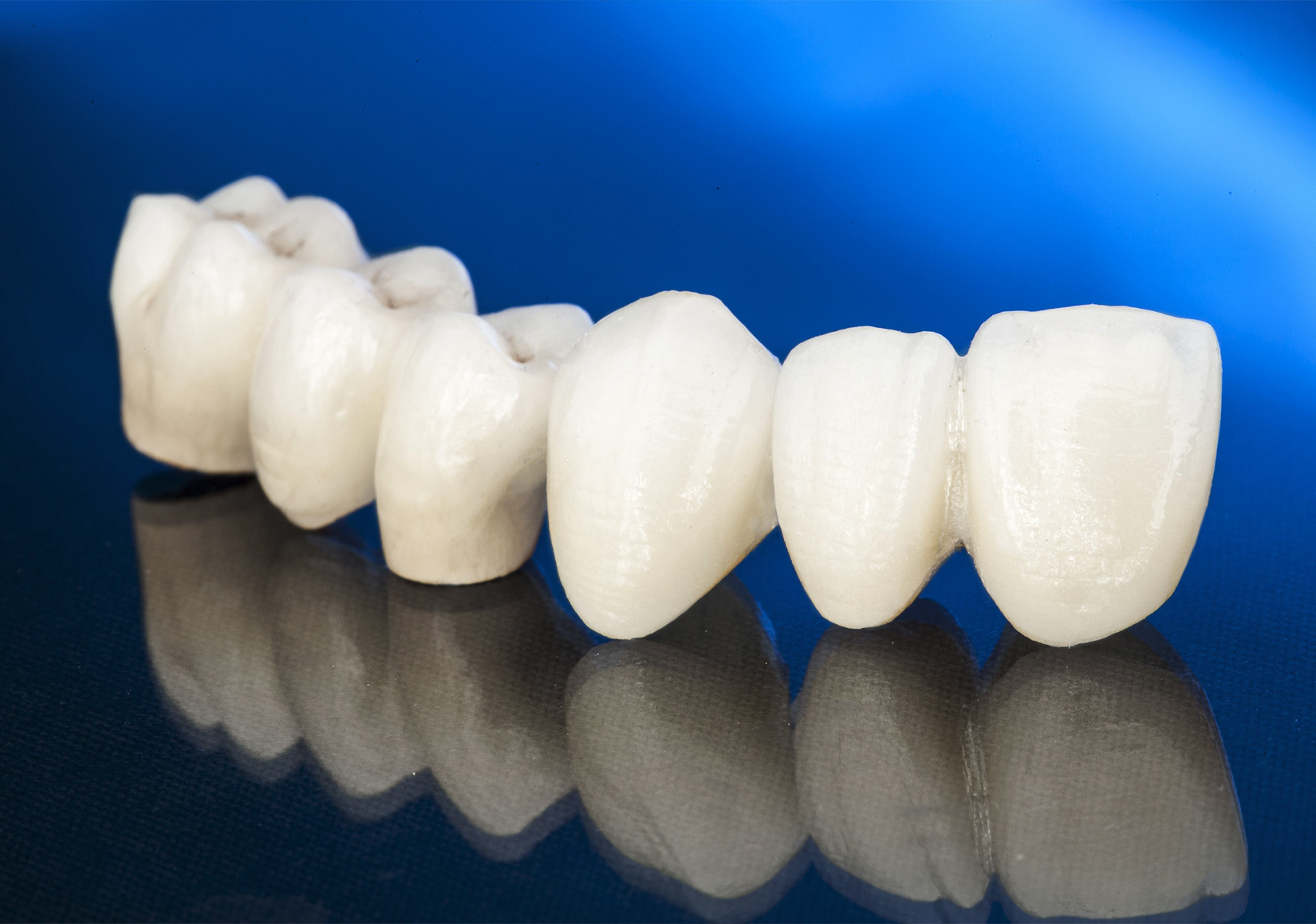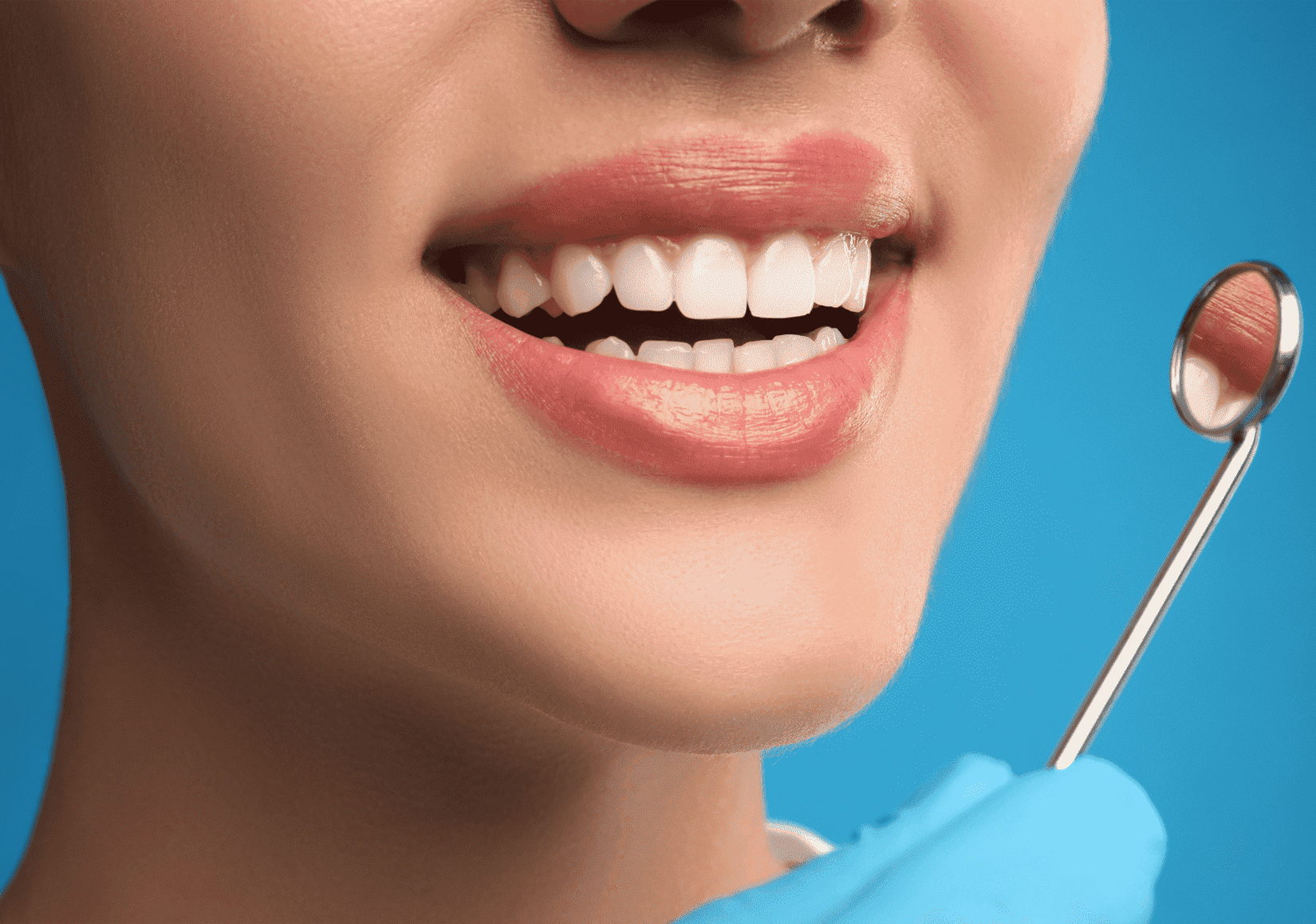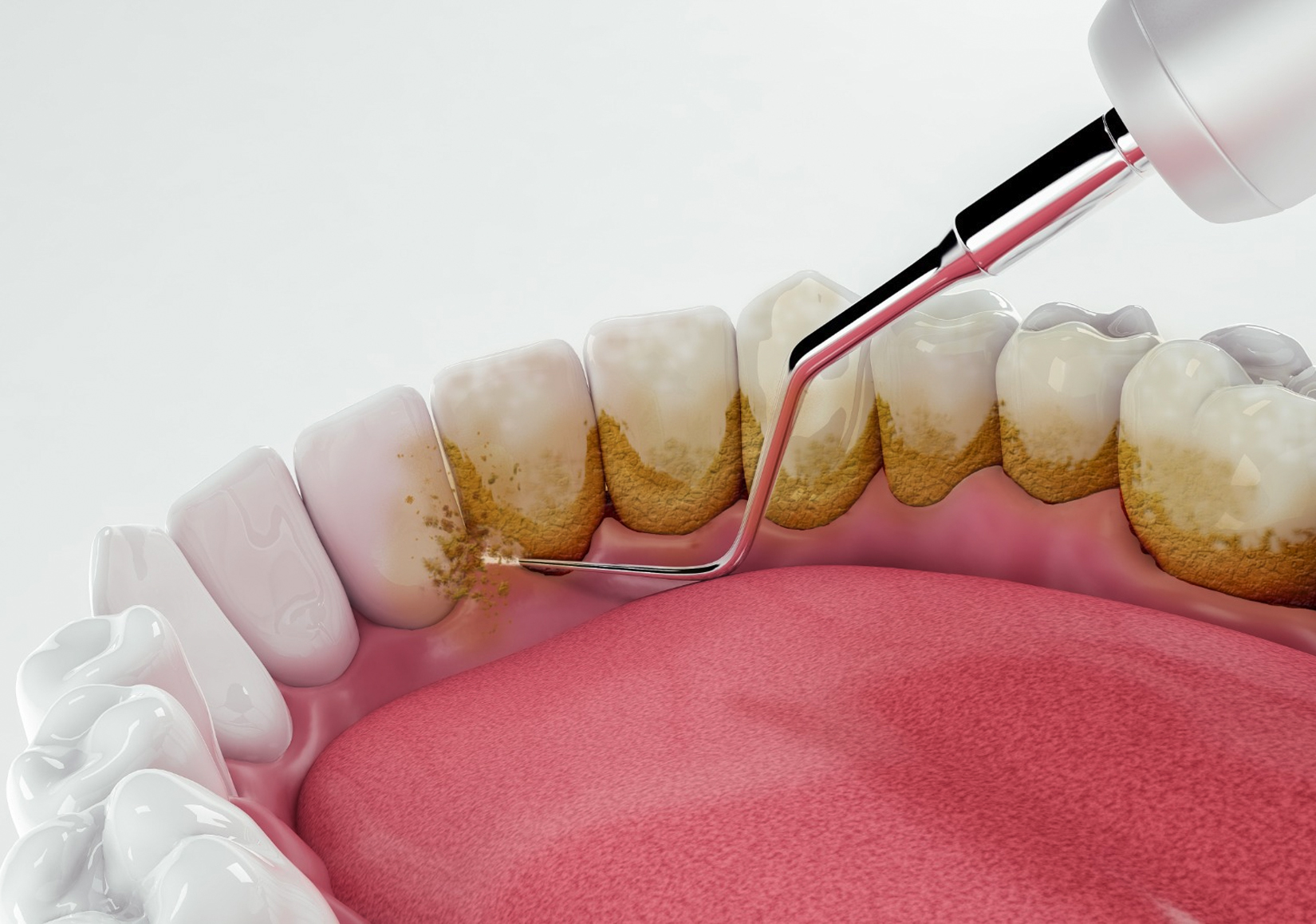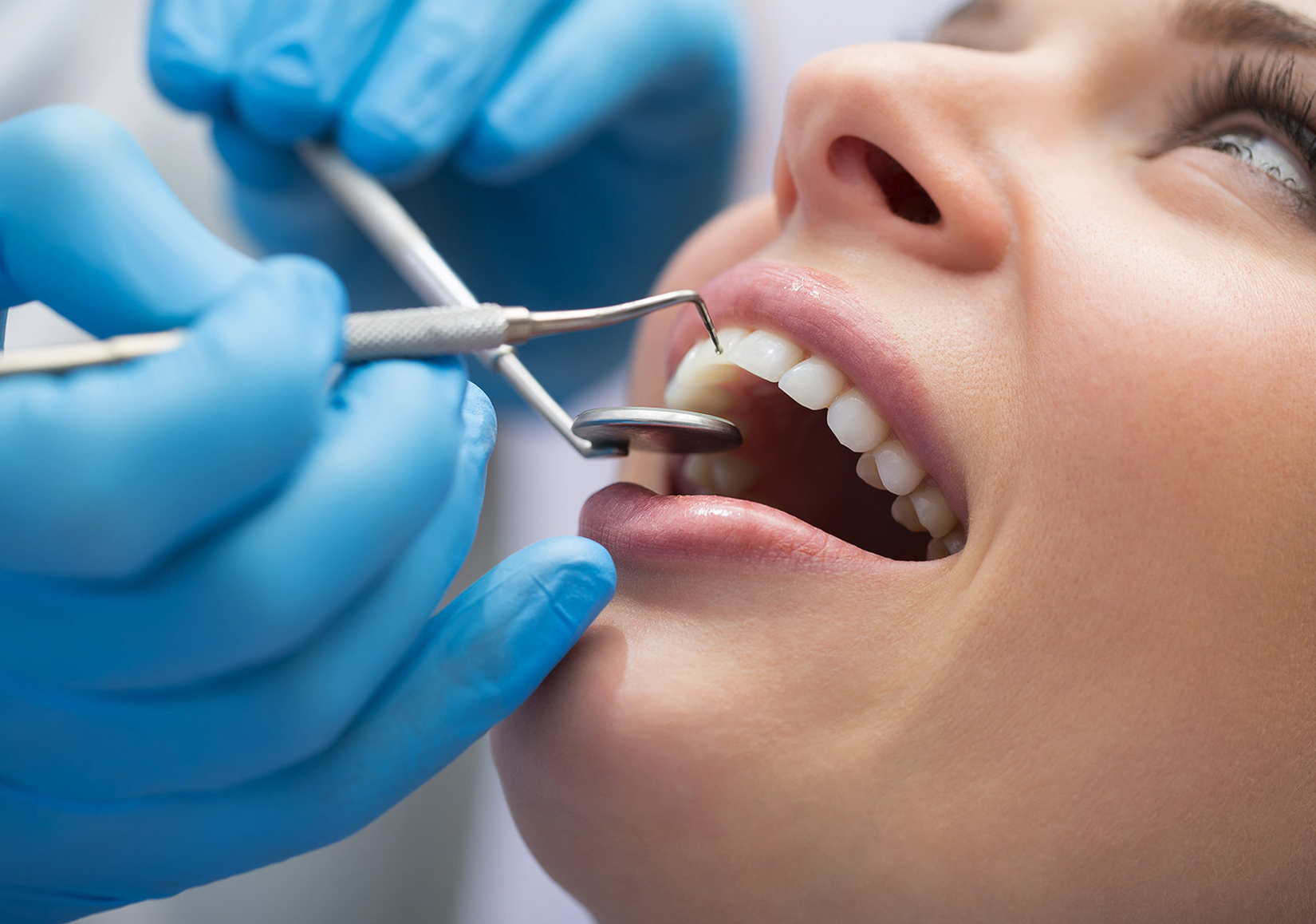
Gum Diseases
Gum diseases are serious oral health problems that begin with infection of the gums and, if left untreated, can progress to tooth loss. They typically start with gingivitis and, if not treated, can advance to more severe stages like periodontitis. Early signs of gum disease include gum bleeding, swelling, and redness. These diseases may arise due to poor oral hygiene, genetic factors, or certain systemic conditions. Early diagnosis and treatment play a critical role in preserving gum and dental health.
When Might It Be Necessary?
- Gum bleeding and swelling
- Redness and sensitivity in the gums
- Gum recession and exposure of root surfaces
- Teeth becoming loose or shifting
- Bad breath (halitosis)
Advantages of Treatment
- Preserving and strengthening gum health
- Reducing the risk of tooth loss
- Eliminating bad breath
- Achieving a healthier oral structure and aesthetic appearance
- Preventing jawbone loss
Frequently Asked Questions
1. How are gum diseases treated?
Treatment depends on the stage of the disease. For early stages like gingivitis, professional teeth cleaning may suffice. More advanced stages may require root planing (scaling and root planing) or surgical interventions.
2. Can gum diseases be prevented?
Yes, gum diseases can be prevented through regular brushing, flossing, and professional dental check-ups.
3. Can gum diseases lead to tooth loss?
If untreated, gum diseases can lead to tooth loss. Periodontitis affects the supporting tissues and jawbone, causing teeth to loosen and fall out.
4. Is gum bleeding normal?
No, gum bleeding is often a sign of gum disease and should be evaluated by a dentist.
5. Do gum diseases affect overall health?
Yes, gum diseases are linked to systemic conditions like heart disease, diabetes, and others. Maintaining oral health is important for overall health.
6. What should be considered after gum treatment?
Maintaining good oral hygiene, scheduling regular check-ups, and following your dentist’s recommendations are essential after treatment.

